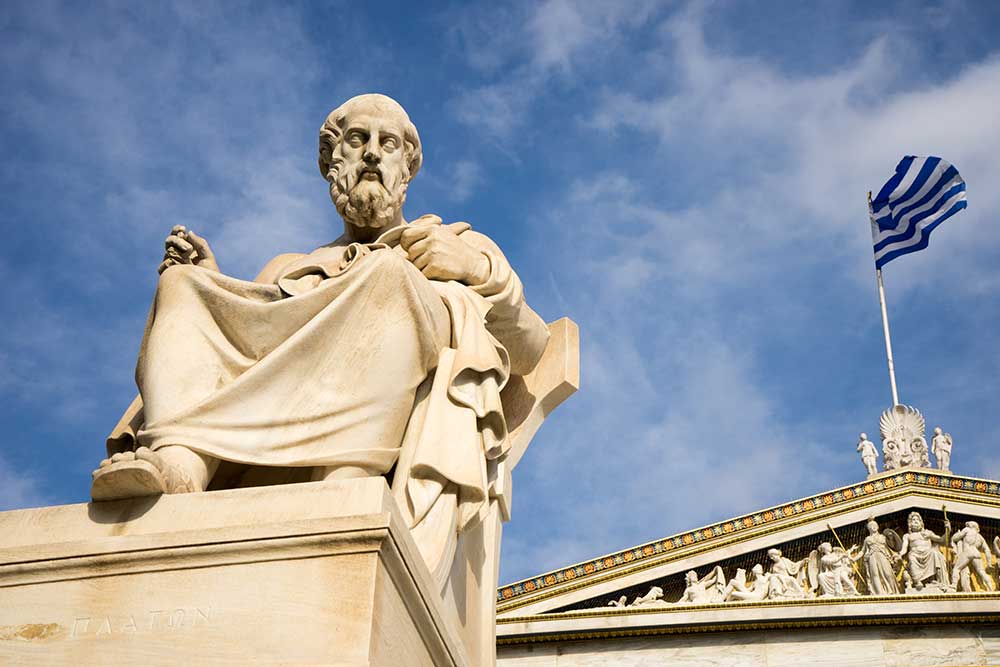Introduction
John Stuart Mill’s harm principle, articulated in his seminal work *On Liberty* (1859), posits that the state should only interfere with individual liberty when one’s actions cause harm to others. While this principle has historically underpinned liberal thought, the 21st-century context—marked by the rapid spread of misinformation and hate speech through digital platforms—raises questions about its applicability. This essay critically evaluates the argument that Mill’s harm principle is dangerously naive in the contemporary era, necessitating greater restrictions on individual liberty to safeguard society. I will first outline Mill’s principle and its historical relevance, then assess the challenges posed by misinformation and hate speech, before arguing that while some restrictions are justified, they must be balanced against the core value of individual freedom. The discussion will draw on academic sources to explore both sides of the debate, aiming for a reasoned conclusion.
The Relevance of Mill’s Harm Principle
Mill’s harm principle asserts that “the only purpose for which power can be rightfully exercised over any member of a civilized community, against his will, is to prevent harm to others” (Mill, 1859, p. 13). This concept was groundbreaking in advocating for personal autonomy, limiting state intervention to cases of direct harm. Historically, it provided a framework for protecting dissent and free expression, particularly in oppressive political climates. However, Mill’s definition of harm was largely physical or tangible, arguably failing to account for indirect or psychological harms prevalent today, such as those caused by online hate speech or misinformation. Indeed, while Mill championed free discourse as a means of uncovering truth, the scale and speed of information dissemination in the digital age challenge the principle’s adequacy.
The Challenges of Misinformation and Hate Speech in the 21st Century
The advent of social media has amplified the spread of misinformation, with studies showing that false information spreads six times faster than factual content on platforms like Twitter (Vosoughi et al., 2018). This phenomenon poses tangible risks, as seen during the COVID-19 pandemic when misinformation about vaccines led to reduced uptake, endangering public health (Loomba et al., 2021). Similarly, hate speech online has been linked to real-world violence, with the 2019 Christchurch mosque shootings being livestreamed and inspired by extremist rhetoric circulated on digital forums (Waldron, 2012). These examples suggest that unrestricted individual liberty in expression can cause societal harm far beyond what Mill might have imagined. Therefore, the argument for restricting liberty to curb such harms gains traction, as the state arguably has a duty to protect vulnerable groups and maintain social cohesion.
Balancing Liberty and Societal Protection
While the dangers of misinformation and hate speech are evident, excessive restrictions on liberty risk undermining the very freedoms Mill sought to protect. Overregulation could lead to censorship, stifling legitimate dissent or debate—an outcome Mill explicitly opposed. For instance, laws like the UK’s Online Safety Act 2023 aim to tackle harmful content but have been criticized for vague definitions of “harm,” potentially enabling overreach (House of Commons Library, 2023). Furthermore, Waldron (2012) argues that while hate speech causes harm, the solution lies in counter-speech and education rather than outright bans, preserving the marketplace of ideas Mill valued. Thus, while some restrictions are necessary, they must be narrowly tailored, transparent, and subject to scrutiny to avoid authoritarianism.
Conclusion
In conclusion, while Mill’s harm principle appears somewhat naive in addressing the complexities of misinformation and hate speech in the 21st century, completely abandoning it for extensive restrictions on liberty would be misguided. The digital era undeniably amplifies harms that Mill could not have foreseen, necessitating targeted interventions to protect society, as evidenced by public health crises and hate-driven violence. However, any curbs on freedom must be carefully balanced to prevent erosion of individual autonomy and open discourse. Ultimately, a nuanced approach—combining regulation, education, and counter-speech—offers a more sustainable path than outright rejection of Mill’s ideals. This debate underscores the ongoing tension between liberty and security, a core concern in political science that demands continual reassessment in light of technological and societal shifts.
References
- House of Commons Library. (2023) Online Safety Bill: Progress of the Bill. UK Parliament.
- Loomba, S., de Figueiredo, A., Piatek, S. J., de Graff, K., & Larson, H. J. (2021) Measuring the impact of COVID-19 vaccine misinformation on vaccination intent in the UK and USA. *Nature Human Behaviour*, 5, pp. 337-348.
- Mill, J. S. (1859) *On Liberty*. London: John W. Parker and Son.
- Vosoughi, S., Roy, D., & Aral, S. (2018) The spread of true and false news online. *Science*, 359(6380), pp. 1146-1151.
- Waldron, J. (2012) *The Harm in Hate Speech*. Harvard University Press.


